A guided tour of the key composers and artistic movements that have made classical music the rich art-form that today still entrances, moves and uplifts
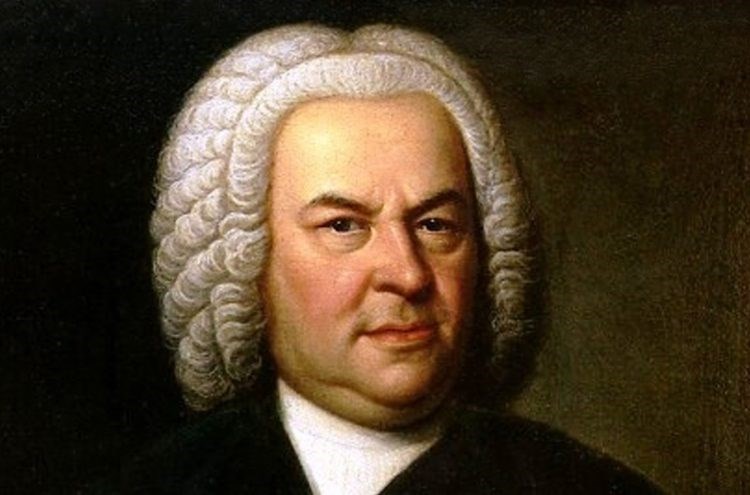
Johann Sebastian Bach
The birth of classical music
Fixing a date for ‘the beginning of classical music’ is as elusive as pin-pointing the millennium in which dinosaurs became extinct. 1000 AD merely provides a convenient starting point for the birth of modern Western music. It was around that date when the idea first occurred of combining several voices to sing a melody; it was the time, too, when the Church, for so long the most important influence and inspiration on the development of music, recognised a need to standardise the single-line unaccompanied chants that had been used for centuries in sacred ceremonies.
Gregorian chant
This early Christian music, derived from Greek songs and from the chanting used in synagogues, had evolved into what we now call plainsong, plainchant or Gregorian chant, the traditional music of the Western Church – a single melodic line, usually sung without accompaniment. (The Gregorian chant melodies sung today date from after the death of Pope Gregory in 604 AD.) Without any accepted written system to denote the pitch or length of a note, the scoring of music was inevitably a haphazard affair.
The invention of music notation
Guido d’Arezzo, a Benedictine monk whose life as a teacher and musical theorist usefully coincided with the Church’s need for musical unification, is generally credited with the introduction of a stave of horizontal lines by which one could accurately record the pitch of notes. He also came up with what we now call the tonic sol-fa system, used by singers, in which notes are named by their position in the scale, as opposed to being named after letters of the alphabet (a practice derived from the ancient Greeks).
Still there was no method of notating the length of a note. Without this, it is difficult to see how any sense of rhythm could be measured. Some scholars say that this was defined by the natural accentuation and emphasis of speech patterns and that therefore no special device was needed – the singers (without a conductor, of course) provided their own ‘flow’ and expression.
The rules of harmony
With two of the three main elements of music – i.e. Melody and Rhythm – in the process of being codified, the idea of Harmony came into the world. Naturally, not all the singers in a choir would have the same vocal range, a problem for the comfortable unison singing of the psalms. So voices began to be divided according to natural range, chanting the Plainsong in parallel lines at two pitches, five notes apart (C-G for example) The gap between the two notes is called an interval, thus the singers sang the interval of a perfect fifth. From this apparently simple concept, but which took so long to implement, the idea grew that while one line sang the Plainsong (the ‘tenor’ or ‘holding’ part), others could weave another tune around it.
Rules were drawn up as to which part of the service could use which type of intervals. Gradually, the interval of a third (C-E), for long considered to be a dischord, was allowed. Within the moderately short time-scale of a century, we have Pérotin of Notre Dame – one of the early masters of Polyphony – writing music for three and four voices.
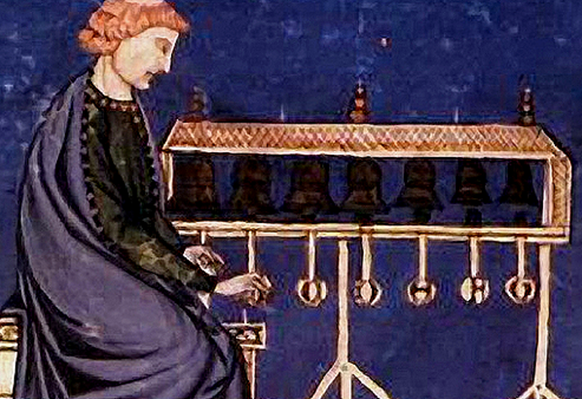
Pérotin of Notre Dame
Secular music: the troubadours
Parallel to the development of liturgical (Church) music ran the flowering of the secular music of the troubadours, the poet-musicians who sang of beautiful ladies, chivalry, spring and suchlike. These were the successors of the court minstrels, employed to sing the great sagas and legends, who themselves had their less-educated counterparts in the jongleurs, itinerant singers and instrumentalists. Nobly-born for the most part, the troubadours came from Provence and Aquitaine (the trouvères, their northern counterparts, and the minnesingers of Germany were almost contemporary). Only about 60 manuscripts of troubadour and trouvère poetry survive today and few of them contain musical notation which, again, have indications only of pitch but not of note length.
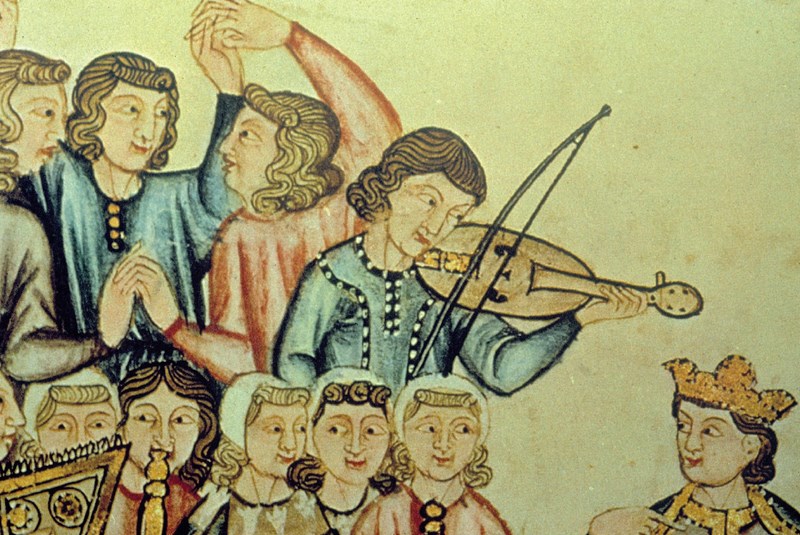
Troubadours
These 200 years witnessed the birth of harmony, of modern musical notation, the dance and song craze which pervaded Europe during the time of the Crusades and the complex structure of the troubadours’ poetry – more than enough to ignite the imagination of Renaissance man.
The Renaissance
The study and use of chords is what we call Harmony. Diaphony – ‘two-voiced’ music – dominated all musical composition till the 13th century; this two-part singing as applied to plainchant was also called organum. Voices would sing an octave apart (C-C), a perfect fifth (C-G), a perfect fourth (C-F) or a major third (C-E) apart.
Polyphonic music: The New Art
Polyphony is also concerned with the sounding of more than one note, but through melody – the word means ‘many-sounds’, ‘many-voiced’. The addition of a third, fourth or more independent musical lines sung or sounded together was the next obvious development, and it was the extraordinary Philippe de Vitry, a French bishop, musical theorist, composer, poet and diplomat, who showed the way forward in a famous book called The New Art – Ars Nova (as opposed to the Ars Antiqua of Guido d’Arezzo). Time-signatures indicated a rhythm for the music and improvements in notation symbolised note lengths – the ancestors of our minim, breve and semibreve. Guillaume de Machaut (another French priest, poet and composer) took de Vitry’s ideas a stage further and wrote both secular songs and settings of the Mass (1364 – the earliest known complete setting by one composer) with three and four polyphonic voices.
Though France was the musical centre of Europe at this time, Italy was developing its own ars nova independently with music that reflected the warmth and sensuality of the country, in contrast to the more intellectual Gallic writing. England, less affected by ars nova, did not make a significant contribution to any musical development until the arrival of John Dunstable. Living in France as the court composer to the Duke of Burgundy (the younger brother of Henry V), Dunstable used rhythmic phrases, traditional plainchant and added other free parts, combining them into a flowing, mellifluous style. Nearly 60 pieces of his music still survive.
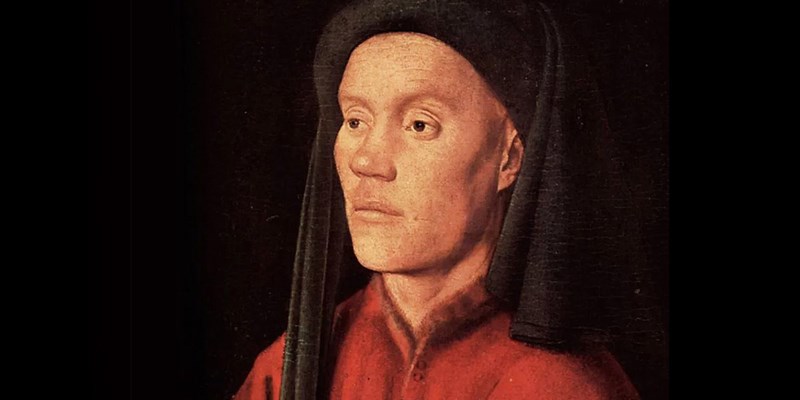
Guillaume Dufay
Dunstable in turn influenced the Burgundian composers Guillaume Dufay and Gilles Binchois, whose music can be said to be the stylistic bridge between ars nova and the fully developed polyphony of the 15th century. The technical aspects of musical composition and the almost mathematical fascination with note combination began slowly to open the door to the personality of a composer being reflected in his music.
Out of the church
By the middle of the 15th century, the royal palaces and the great houses of the noblemen had usurped the Church as the single most important influence on the course of music (in 1416, Henry V of England employed more than 30 voices in the Chapel Royal while the Papal Chapel had only nine). One by-product was the closer relationship between secular music and the music of the Church, a cross-pollination which benefited the development of both. The musicians who passed through the Burgundian court disseminated its style and learning to all points of the European compass.
Josquin Desprez and expressive music
The most noticeable advances during this period were the increased freedom composers gave to their vocal lines and the difference in the treatment of the texts they set. Previously, words had to fit the music; now the reverse was the case and this is no better illustrated than by the work of one of the next generation of composers to become renowned throughout Europe, Josquin Desprez. His music incorporates a greater variety of expression than any previously – there are even flashes of quirky humour – and includes attempts at symbolism where the musical ideas match those of the text. With various voices singing in polyphony, it is difficult to follow the words; where the subject called for the words to be heard clearly, Josquin wrote music that had the different voices singing different notes but the same words at the same time – chordal music, in other words.
Not surprisingly, Josquin has been called ‘the first composer whose music appeals to our modern sense of art’. After him, it is easy for our ears to follow the development of music into the language which is familiar to us today through the works of the great classical composers of two centuries later.
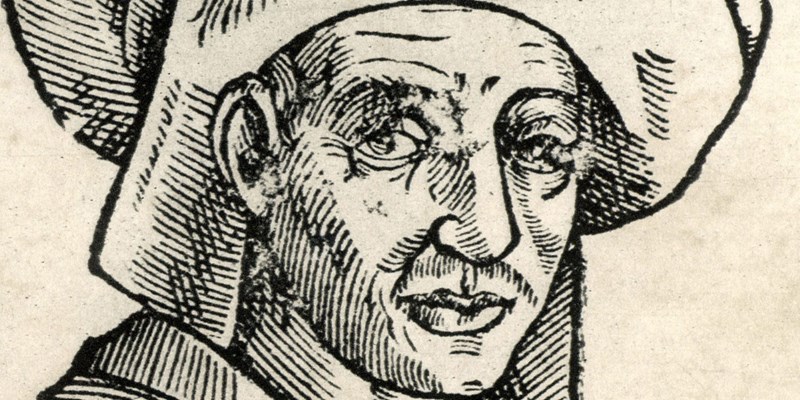
Josquin Desprez
The 16th century witnessed four major musical phenomena: the polyphonic school reached its zenith, the tradition of instrumental music was founded, the first opera was produced and music began to be printed for the first time. For most people, the opportunity to see and read music had simply not been there; musicians could now, for the first time, stand around a score printed in a book and sing or play their part. Limited and expensive though it was, music was now available. No wonder it flourished so rapidly.
A musical explosion
It’s hard to conceive now of the central importance of the Christian Church at this time. The buildings which the men of the Renaissance erected with such splendour and confidence symbolised the age of ‘re-birth’ and the music of the time rose to fill the naves of the great European cathedrals. Palestrina in Italy, Lassus in the Netherlands and Byrd in England carried on from where Josquin had left off to produce complex and richly expressive works which took the art of polyphonic writing for the voice to new heights and demonstrated man’s ability to express his faith with a glory and fervour that no previous century had matched.
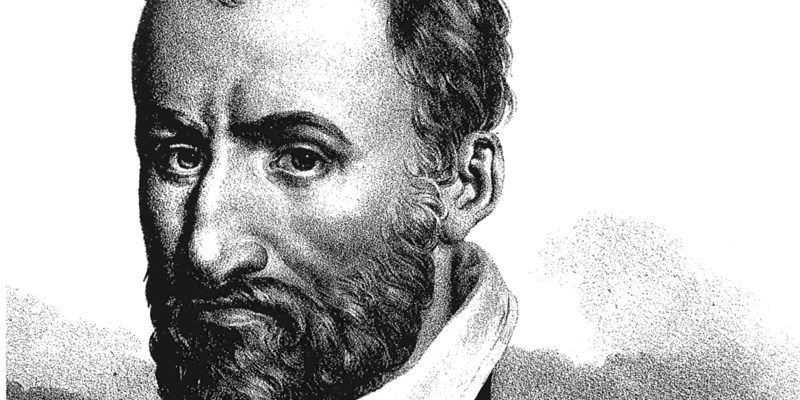
Giovanni Palestrina
Counterpoint
How was this rich cloth of musical gold woven? One distinguished writer on music, Percy Scholes, drew an illuminating analogy on musical ‘fabric’ when discussing the music of Palestrina. ‘Woven’ he felt, was an appropriate word for this kind of composition. ‘The music consists of the intertwining of a fixed number of strands. And as [the composer] weaves he is producing a ‘woof’ as well as a ‘warp’. Looked at as warp the composition is a horizontal combination of melodies; looked at as woof it is a perpendicular collection of chords. The composer necessarily has both aspects in his mind as he pens his piece, but the horizontal (or ‘warp’) aspect is probably uppermost with him. Such music as this we speak of as ‘Contrapuntal’ or as ‘in Counterpoint’. The ‘woof’ (= perpendicular, ie ‘Harmonic’) element is there, but is less observable than the ‘warp’ (= horizontal, i.e. ‘Contrapuntal’). A moment’s thought will show that all Contrapuntal music must also be Harmonic, and a second moment’s thought that not all Harmonic music need be Counterpoint.’
It had taken 1000 years from the earliest Plainsong for the tradition to develop into the elaborate, highly sophisticated art form, which produced such masterpieces as Palestrina’s Stabat mater, Victoria’s Ave verum Corpus and Byrd’s O Quam Gloriosum.
The madrigal and the birth of opera
Now, new preoccupations challenged composers. The reverent, lush choral works of the Church, mainly from Northern Europe, became fertilised by the lively, sunny dances and songs of the south. The secular counterparts of the church musicians led to the madrigal, a contrapuntal setting of a poem, usually about 12 lines in length, and whose subject was usually amorous or pastoral. The emphasis was on the quality of word-setting and the form proved remarkably popular if short-lived – especially in England (perhaps because of our great literary heritage) where the likes of Gibbons, Weelkes and Morley were the madrigal’s finest exponents.
The madrigals, like the liturgical motets and settings of the Mass, were all for unaccompanied voices – that was how the vast majority of music produced up to this time was conceived. It wasn’t until the end of the 14th century that instrumental music began to emerge as an art-form in its own right. The recorder, lute, viol and spinet had played their part in dance music and in accompanying voices (occasionally replacing them) but now composers such as Byrd, Gibbons, Farnaby and Frescobaldi began to write music for specific instruments, though it must be said that the art form did not truly flourish until the Baroque era. Musicians would join together to play a series of varying dance tunes, forming a loosely-constructed suite; or a player might improvise his own tune round another’s – a ‘fancy’ or ‘fantasia’; or they might compose variations on a tune played over the same repeating bass line – ‘variations on a ground’ as it’s called. Other innovations were by the Italians Andrea Gabrieli (c1510-86) – the first to combine voices with brass instruments – and his nephew Giovanni (1557-1612), whose antiphonal effects for choirs of brass instruments might have written for our modern stereo systems.
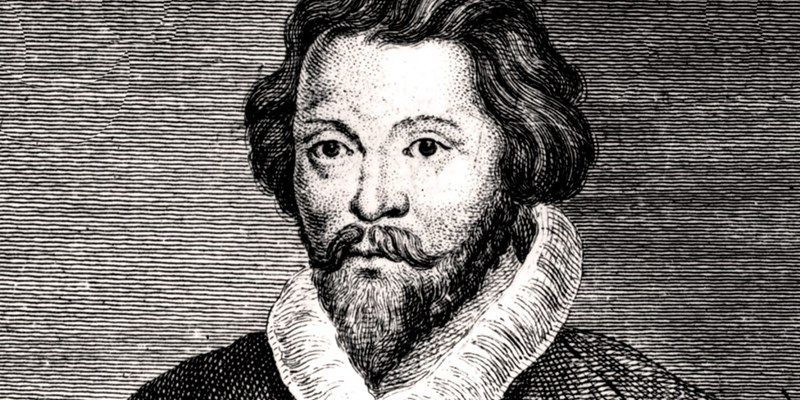
William Byrd
And it was from Italy that the next important step in musical history was taken. Indeed Italy was the country – actually a collection of small independent states at the time, ruled by a number of affluent and cultured families – which would dominate the musical world for a century and a half from 1600. Such was the power of Italian influence at this time that music adopted the language as its lingua franca. To this day, composers almost universally write their performance directions in Italian. One particular word, opera, described a new art form: that of combining drama and music. No one had thought of the concept till the end of the 16th century.
In the late 16th century, artists, writers and architects became interested in the ancient cultures of Greece and Rome. In Florence, a group of the artistic intelligentsia became interested in how the ancient Greek dramas were performed. Experimenting with declaiming the more poetic passages and using a few chords of instrumental music to accompany other passages in natural speech rhythm, the idea of music reflecting, supporting and commenting upon dramatic action was born: dramma per musica (‘drama by means of music’), a play with a musical setting.
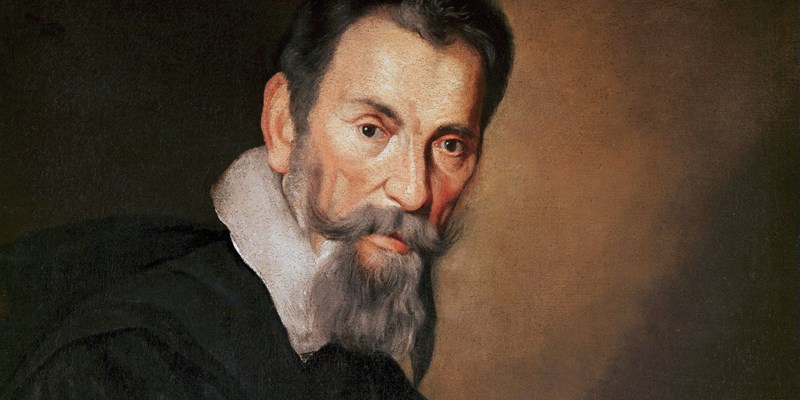
Claudio Monteverdi
Into the ring then came one of the supreme musicians of history, Claudio Monteverdi. He did not write the first opera (that honour goes to Jacopo Peri and his Dafne, now lost, of 1594 or 1597) but with one work, Orfeo (1607) he drew up the future possibilities of the medium. Solo singers were given a dramatic character to portray and florid songs to sing, there were choruses, dances, orchestral interludes, scenery. Opera was a markedly different entertainment to anything that had gone before but, more importantly, it was a completely new way of using music.
The Baroque period
Monteverdi’s successors such as Pier Cavalli and Marc’Antonio Cesti developed a type of flowing, lyrical song inspired by the flow of spoken Italian – bel canto (‘beautiful singing’) which in turn encouraged the prominence of the singer. Dramatic truth soon went out of the window in favour of the elaborate vocal displays of the opera soloists – composers were only too happy to provide what their new public wanted – and no class of singers were more popular than the castrati. Feted wherever they appeared, the castrati, who had had their testicles removed as young boys to preserve their high voices, were highly paid and immensely popular, a not dissimilar phenomenon to The Three Tenors of today (with two small differences). The practice of castration to produce an entertainer, an extraordinarily barbaric concept, was only halted in the early 19th century. The last castrato, Alessandro Moreschi, actually survived until 1922 and made a dozen or so records in 1902.
St Paul had written that women should keep silent in church. They were therefore not available for the taxing high lines in church music. If the origins of the castrati could be laid firmly at the door of the Church, similar dogma can also be held responsible for the slow progress of instrumental composition. From the earliest times the Church had voiced its disapproval of the practice. St Jerome had declared that no Christian maiden should know what a lyre or flute looked like (let alone hear what they sounded like). The weakening of the Church’s authority after the Reformation encouraged composers in the writing of instrumental music for groups, music moreover that took into account the relative strengths and colours of the different instruments, another new concept. The same change of emphasis led also to a flood of brilliant instrumental soloists. Among them was a brilliant Italian-born violinist named Jean-Baptiste Lully who went to France in 1646. Here he worked for King Louis XIV, the extravagant builder of Versailles who employed 120 musicians in various bands. An orchestra of ‘Twenty-four Violins’ provided music at the French court; with Lully’s addition of flutes, oboes, bassoons, trumpets and timpani, the modern orchestra began to emerge.
The sonata forms
Another important by-product of the Italian opera was the introduction of the sonata – the term originally simply meant a piece to be sounded (played), as opposed to sung (cantata). Although it quickly took on a variety of forms, the sonata began with the Italian violinists imitating the vocal display elements of opera – a single melody played against a harmonised background or, if you like, accompanied by chords. This was a huge difference from the choral works of a century before driven by their polyphonic interweavings. Now there was music which, even if there was no background accompaniment, the listener’s ears could supply the harmony mentally – you could tell where the tune was going to resolve, you could sense its shape and destination more easily. With the musical emphasis on harmony – a key feature of the coming century and a half – rhythm began to take an increasingly important part. Chordal patterns naturally fall in sequences, in regular measures or bars. Listen to a chaconne by Purcell or Handel and you realise that the theme is not a tune but a sequence of chords. Measuring the beats in a bar (one-two or one– two-three or one-two-three-four – the emphasis always on the first beat) gives the music a sense of form and helps its onward progress. Phrases lead the ear to the next sequence like the dialogue between two people, exchanging thoughts in single words, in short sentences or in long paragraphs. Sing a simple hymn tune like All people that on earth do dwell and you are aware of what music had now acquired – a strong tonal centre.
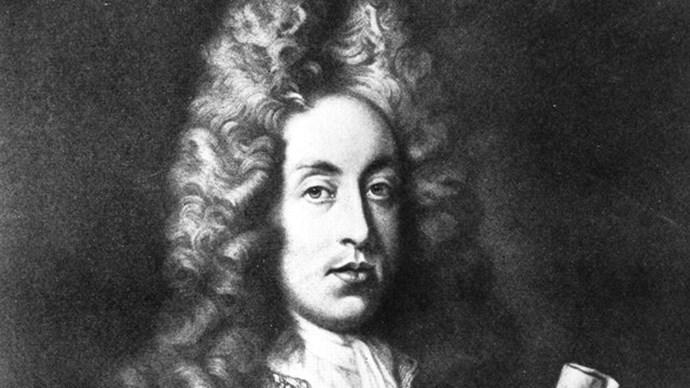
Henry Purcell
Makers of musical instruments responded by adapting and improving instruments: the great Italian violin makers Stradivari, Amati and Guarneri, the Ruckers family of Antwerp with its harpsichords and the Harris family of England building organs.
A final contribution to this period was made by Italian opera. The use of the orchestra in opera naturally led to the expression of dramatic musical ideas – one reason why the Italian orchestra developed faster than elsewhere. Round about the start of the 18th century composers began to write overtures in three sections (fast-slow-fast), providing the model for the classical sonata form used in instrumental pieces, concertos and symphonies for the next 200 years and more.
Thus this ‘homophonic’ period, emphasising music with a single melody and harmonic accompaniment, melted seamlessly during the 17th century into the Baroque era of Vivaldi, Bach and Handel.
The concerto is born
The concerto developed from the dance suites popular in Italy at the beginning of the 17th century, known as the sonata da camera. Originally a composition that contrasted two groups of instrumentalists with each other, the form developed into the concerto grosso (‘great concerto’) of which the first leading exponent was Arcangelo Corelli. Here a group of solo string instrumentalists alternate with the main body of strings in a work, usually of three or four movements. Geminiani, Albinoni, Torelli, Handel and others contributed to the form. The solo concerto was but a short step from here where a soloist is contrasted with (later pitted against) the orchestra. No concertos of this period have achieved the popularity of Vivaldi’s whose 500 essays in the genre (mainly for strings but sometimes for wind instruments) are the product of one of the most remarkable musical minds of the early 18th century. The Four Seasons, among the best known and most frequently-played pieces of classical music, illustrates the new concept.
Northern Europe provided the springboard for the rapid development of keyboard music: the North German school of organ music, founded by Frescobaldi and Sweelinck a century before, with its interest in contrapuntal writing, laid the way for the likes of Pachelbel and Buxtehude whose line reached its peak in the great works of Bach. Meanwhile Rameau and Couperin in France were producing short descriptive harpsichord pieces (as well as operas) in a style that is called ‘rococo’ – from the French rocaille, a term originally alluding to fancy shell and scroll work in art. It was predominantly diverting rather than elevating and rococo usefully defines the character of lighter music written in the Baroque period, especially when contrasted with the works of the two musical heavyweights of the time, Johann Sebastian Bachand George Frideric Handel.

Johann Sebastian Bach
Bach in his own time was considered old-fashioned, a provincial composer from central Germany. But his music contains some of the noblest and most sublime expressions of the human spirit and with him the art of contrapuntal writing reached its zenith. The 48 Preludes and Fugues for The Well-Tempered Clavier explore all the permutations of fugal writing in all the major and minor keys; his final work, The Art of Fugue (left incomplete at his death) takes a mathematical delight in the interweaving of contrapuntal variations on the same theme. Yet the technical brilliance of Bach’s music is subsumed in the expressive power of his compositions, in particular his organ music, church cantatas and the great St Matthew Passion and Mass in B minor. His instrumental music is evidence that he was by no means always the stern God-fearing Lutheran – the exuberant six Brandenburg Concertos show that he was well acquainted with the sunny Italian way of doing things and many of his most beautiful and deepest thoughts are reserved for the concertos and orchestral suites. His influence on composers and musicians down the years has been immeasurable. For many he remains the foundation stone of their art.
Bach’s great contemporary, Handel, also came from Germany but in contrast was a widely travelled, man-of-the-world who settled in England and became a shrewd entrepreneur and manipulator of musical affairs. In instrumental forms, such as the concerto grosso, Handel was equally at home writing in homophonic or polyphonic style and introduced a variety of wind/string combinations in his colourful scoring. He developed the typical 17th-century dance suite into such famous (and still immensely popular) occasional works as The Water Music and Royal Fireworks Music. Opera was a field into which Bach never ventured but Handel – between 1711 and 1729, – produced nearly 30 operas in the Italian style until the public tired of these when, ever the pragmatist, he turned to oratorio. An oratorio is an extended setting of a (usually) religious text in dramatic form but which does not require scenery or stage action. Handel’s have an immense dramatic and emotional range and often employ daring harmonies, never mind the unending stream of glorious melodies and uplifting choruses.
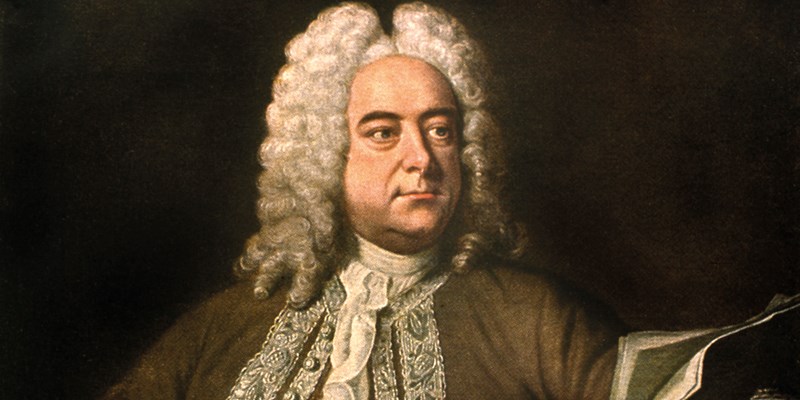
George Frideric Handel
Bach was the last great composer to be employed by the church, fittingly, for the church had been the mainspring for the progress of polyphonic music and Bach was the ne plus ultra of the style. Henceforward, musical patronage came from the nobility and the nobility preferred music that was elegant, entertaining and definitely not smacking of anything ‘churchy’. Following the 17th century’s example of the French court and Italian principalities, every European duke worth his salt aspired to his own orchestra and music director. One such was the court of Mannheim where an orchestra under the direction of Johann Stamitz raised orchestral playing to a standard unheard of previously. A new era, breaking away from the contrapuntal writing of the later Baroque, was ushered in.
